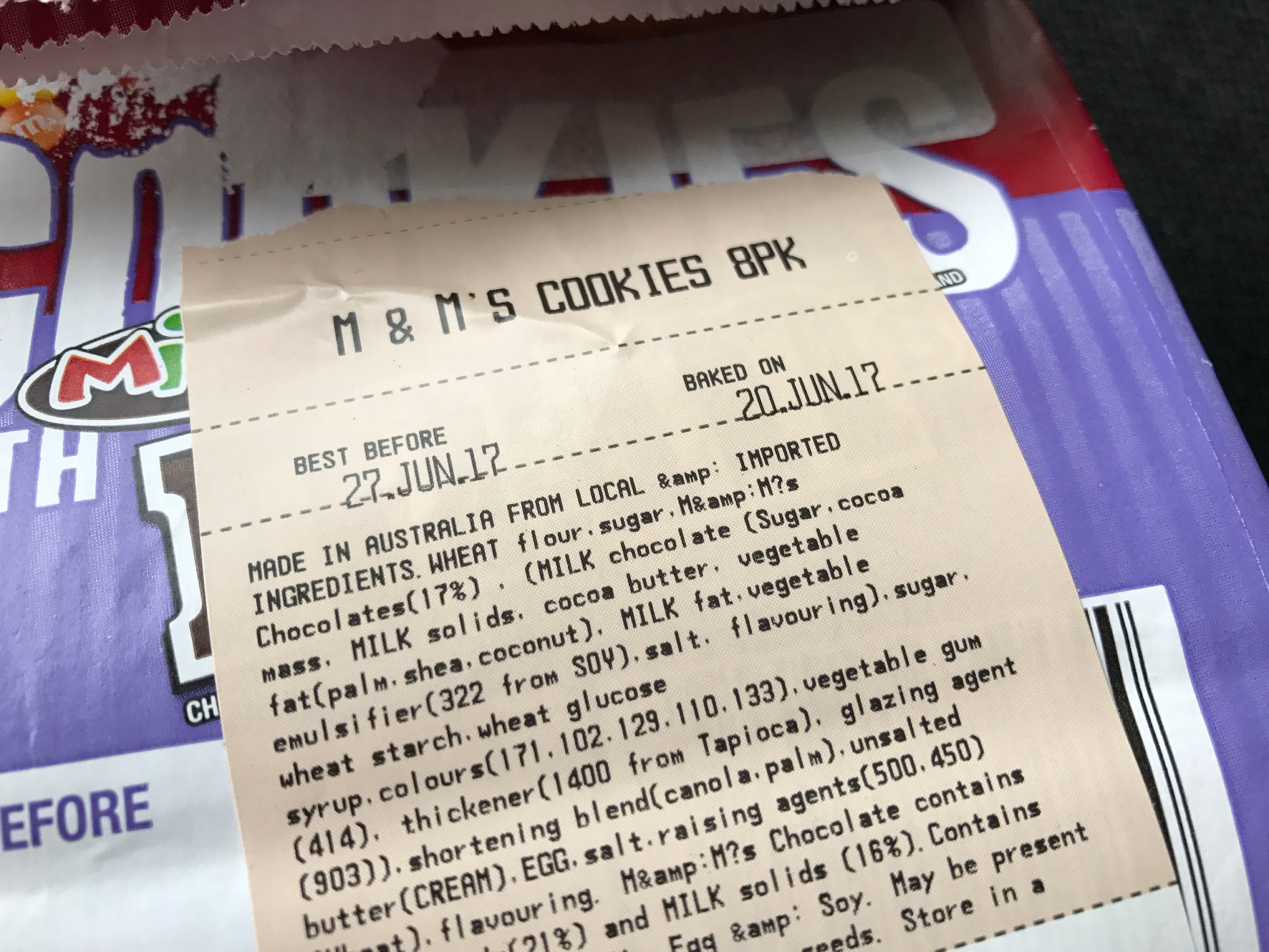Long Distance
Episode 102 of Reply All is brilliant. Do yourself a favour and set aside 45 minutes.
Since 2010
Episode 102 of Reply All is brilliant. Do yourself a favour and set aside 45 minutes.
You can easily judge the character of a man by how he treats those who can do nothing for him.
— Malcolm S. Forbes.
Tom Scott, on Why The Government Shouldn’t Break WhatsApp on YouTube.
At about the 10 minute mark:
Anyone who wanted secure communication for evil purposes would just use something else. Any of thousands of smaller services that the government hasn’t noticed yet, or that they couldn’t possibly have jurisdiction over. Or if even that is not an option then they can come up with a code themselves.
The older I get, the older I get. Every line of this article from Josh Marinacci resonates, including and especially that magnificent quote from Steve Jobs.

MADE IN AUSTRALIA FROM LOCAL & IMPORTED INGREDIENTS